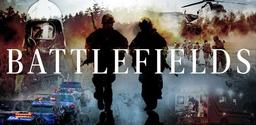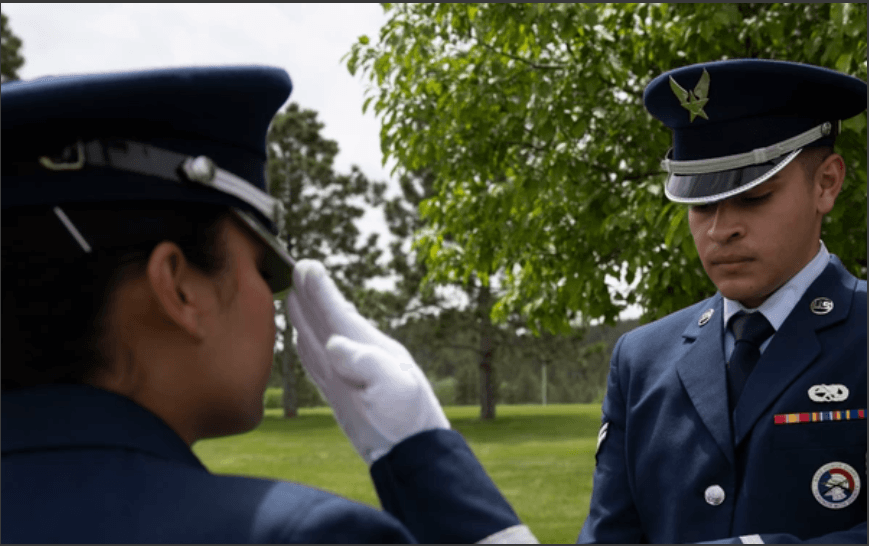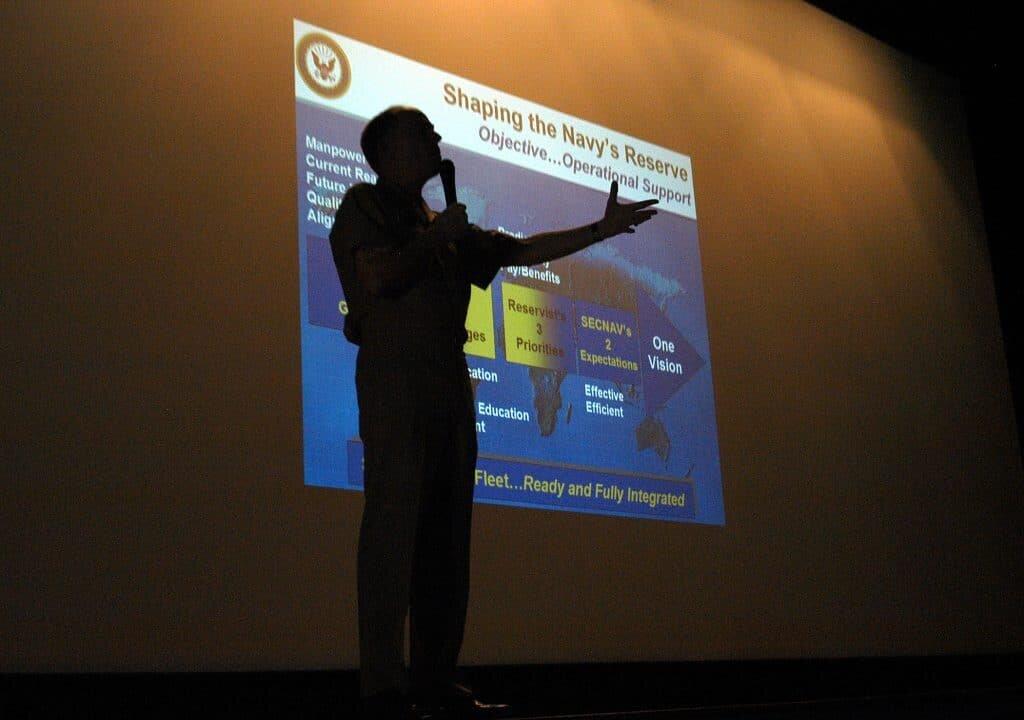Commentary
Most everyone is familiar with the book “We Were Soldiers Once ... and Young: Ia Drang—The Battle That Changed the War in Vietnam,” by Lieutenant Colonel (later Lieutenant General) Hal Moore. If you haven’t read the book, you’ve most likely seen the movie adaptation starring Mel Gibson. Now, if you are expecting this article to be about the book or about Lt. Gen. Moore, you’re sadly mistaken. Suffice it to say that it’s a great read and Lt. Gen. Moore was the kind of leader our current military desperately needs. The only thing I want to key in on is the “… and Young” part of his title.
I’m on a Facebook page called “U.S. Air Force 1980s BMTS Lackland AFB TX.” It’s a place where people share stories and pictures from Basic Training. I look at my Flight picture from March 1980 and marvel at how young I looked, even though I was an old man of 22 in Basic. Truthfully, I didn’t look any older than the 17-year-olds who were in my Flight. And it amazes me to see other people’s pictures where they all look just as young. I’m sure that vets of other branches look at their Basic/Boot pics and see exactly the same thing. None of us felt young, but man, we were so stinkin’ young!





